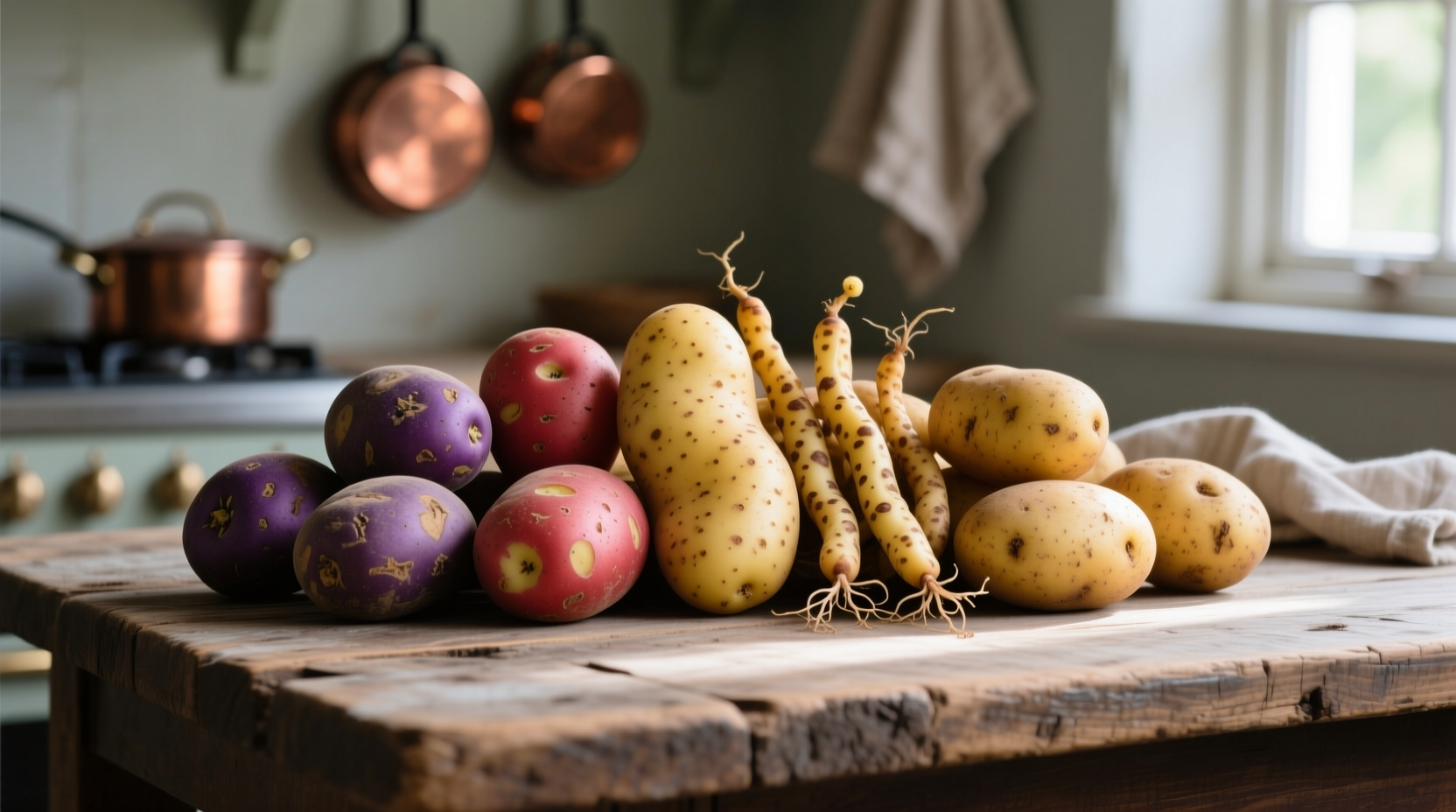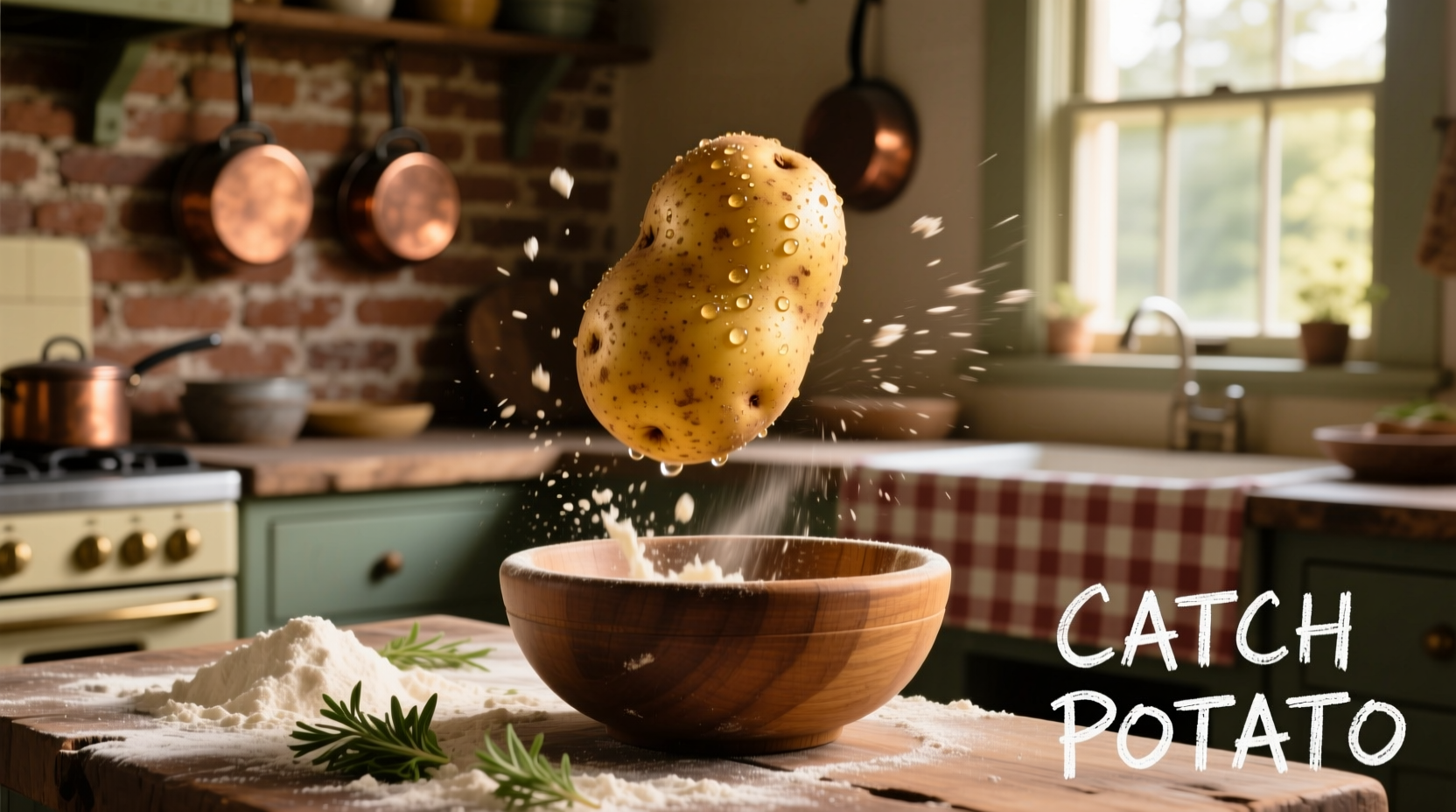If you’ve searched for ‘catch potato’ expecting to find information about a specific potato variety or farming technique, you’re not alone. Many home gardeners and cooking enthusiasts encounter this confusing term. Let’s clear up the mystery and provide practical guidance on what you might actually be looking for.
Why ‘Catch Potato’ Isn’t a Real Term
The phrase ‘catch potato’ doesn’t exist in agricultural science, culinary arts, or botanical classification. Potatoes (Solanum tuberosum) are grown or harvested, not ‘caught.’ This confusion typically stems from one of three sources:
- Misspelling of ‘sweet potato’ – A common error due to similar pronunciation
- Misunderstanding of ‘catch crop’ – An agricultural term for fast-growing interim crops
- Language translation issues – Particularly from languages where ‘catch’ and ‘sweet’ share similar phonetic elements
What You Might Actually Be Looking For
Sweet Potatoes: The Most Common Confusion
When people search for ‘catch potato,’ they’re most often trying to learn about sweet potatoes (Ipomoea batatas). Despite the similar name, sweet potatoes are botanically unrelated to regular potatoes. They belong to the morning glory family, not the nightshade family like regular potatoes.
The USDA reports that sweet potato consumption in the United States has increased by 37% over the past decade, reflecting growing interest in this nutritious root vegetable. Sweet potatoes contain significantly more vitamin A than regular potatoes and have a naturally sweeter flavor profile.
| Characteristic | Sweet Potato | Regular Potato | Catch Crop |
|---|---|---|---|
| Botanical Family | Morning Glory | Nightshade | N/A (farming technique) |
| Primary Growing Regions | North Carolina, Mississippi, California | Idaho, Washington, Wisconsin | Between main crop cycles worldwide |
| Harvest Timing | Late summer to early fall | Late summer to fall | 30-60 days between main crops |
| Nutritional Highlight | Vitamin A (beta-carotene) | Vitamin C, Potassium | Soil improvement |
| Common Misconceptions | Often called ‘yams’ in US markets | Considered unhealthy by some | Mistaken for a specific plant variety |
Catch Crops: The Agricultural Explanation
A catch crop is a fast-growing crop planted between successive plantings of the main crop or between rows of a main crop. According to the Sustainable Agriculture Research & Education program, catch crops serve several important purposes:
- Prevent soil erosion during off-seasons
- Suppress weeds naturally
- Improve soil fertility (particularly nitrogen-fixing varieties)
- Provide additional harvest opportunities
Common catch crops include radishes, mustard greens, and certain legumes – but never potatoes. Potatoes require a full growing season (90-120 days) and aren’t suitable as catch crops. The University of Minnesota Extension confirms that potatoes are considered “main crops” due to their long growing cycle and space requirements.
Potato Varieties You Might Encounter
If you’re interested in potato varieties, here are the most common types you’ll find in markets and gardens:
- Russet potatoes – Best for baking and frying, high starch content
- Yukon Gold – All-purpose potatoes with buttery flavor
- Red potatoes – Waxy texture, ideal for boiling and salads
- Fingerling potatoes – Small, elongated varieties with rich flavor
- Sweet potatoes – Often mislabeled as ‘yams’ in US grocery stores
How to Identify What You’re Actually Searching For
When encountering confusing agricultural terms, follow these practical steps:
- Check for common misspellings – Try ‘sweet potato’ instead of ‘catch potato’
- Consider context – Are you looking for cooking information or farming techniques?
- Verify with authoritative sources – Consult university extension services or agricultural departments
- Examine the botanical name – Scientific names eliminate common name confusion
The National Potato Council confirms that there are over 180 potato varieties grown commercially in the United States, but none are referred to as ‘catch potatoes.’ Understanding these distinctions helps you find accurate information for your gardening or cooking needs.

Practical Guidance for Home Gardeners
If you’re planning a garden, here’s how to properly incorporate potatoes and potential catch crops:
- Plant potatoes in early spring after the last frost
- Space potato plants 12-15 inches apart in rows 30-36 inches apart
- Consider planting a catch crop like radishes or spinach between potato rows for early harvest
- After harvesting potatoes, plant a cover crop like clover to restore soil nutrients
- Rotate potato planting locations annually to prevent disease buildup
The Cornell University Cooperative Extension recommends this crop rotation sequence for home gardens: potatoes → catch crop (radishes/spinach) → legumes → brassicas. This approach maximizes space usage while maintaining soil health.











 浙公网安备
33010002000092号
浙公网安备
33010002000092号 浙B2-20120091-4
浙B2-20120091-4